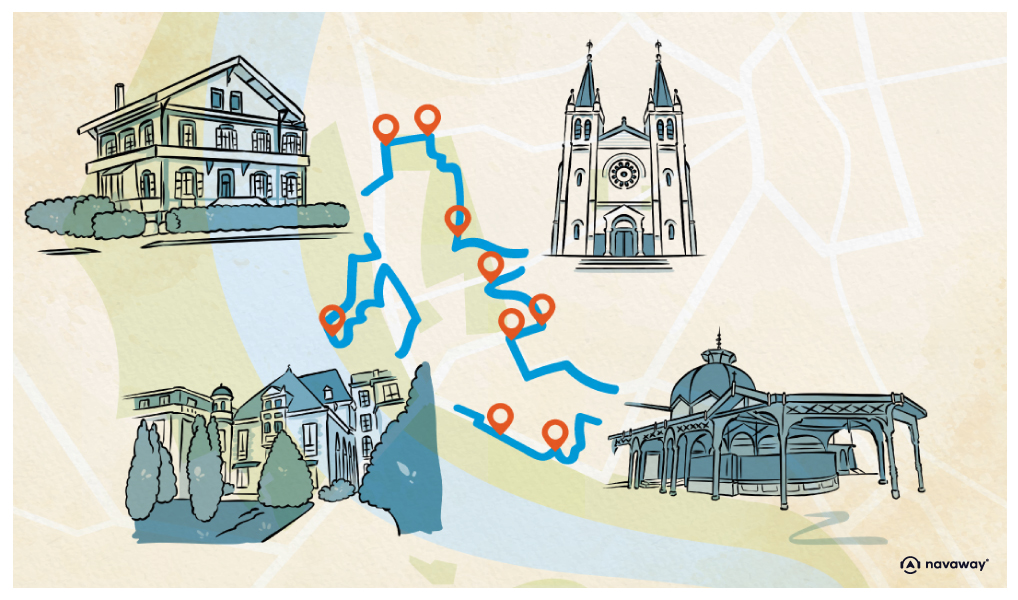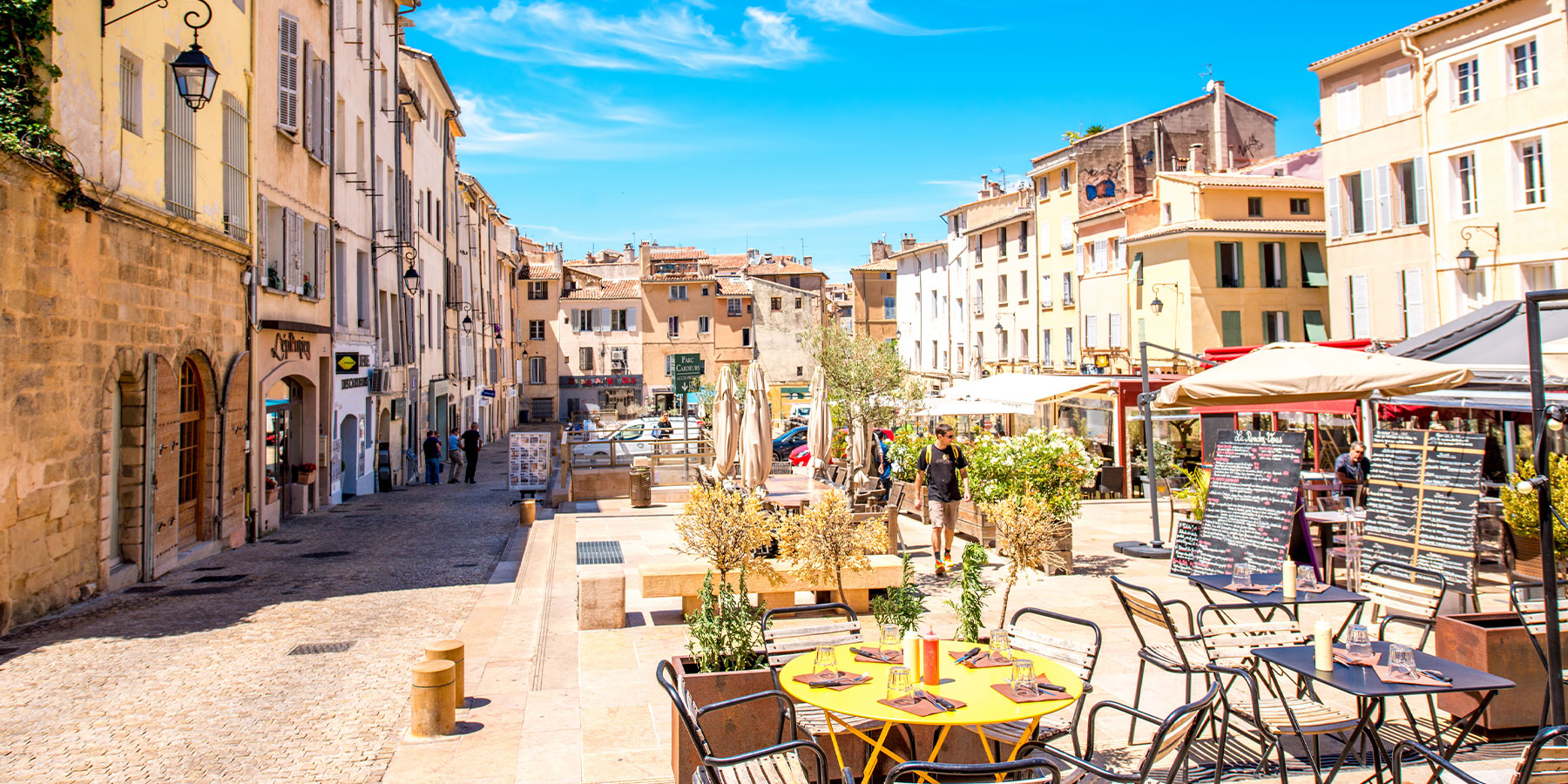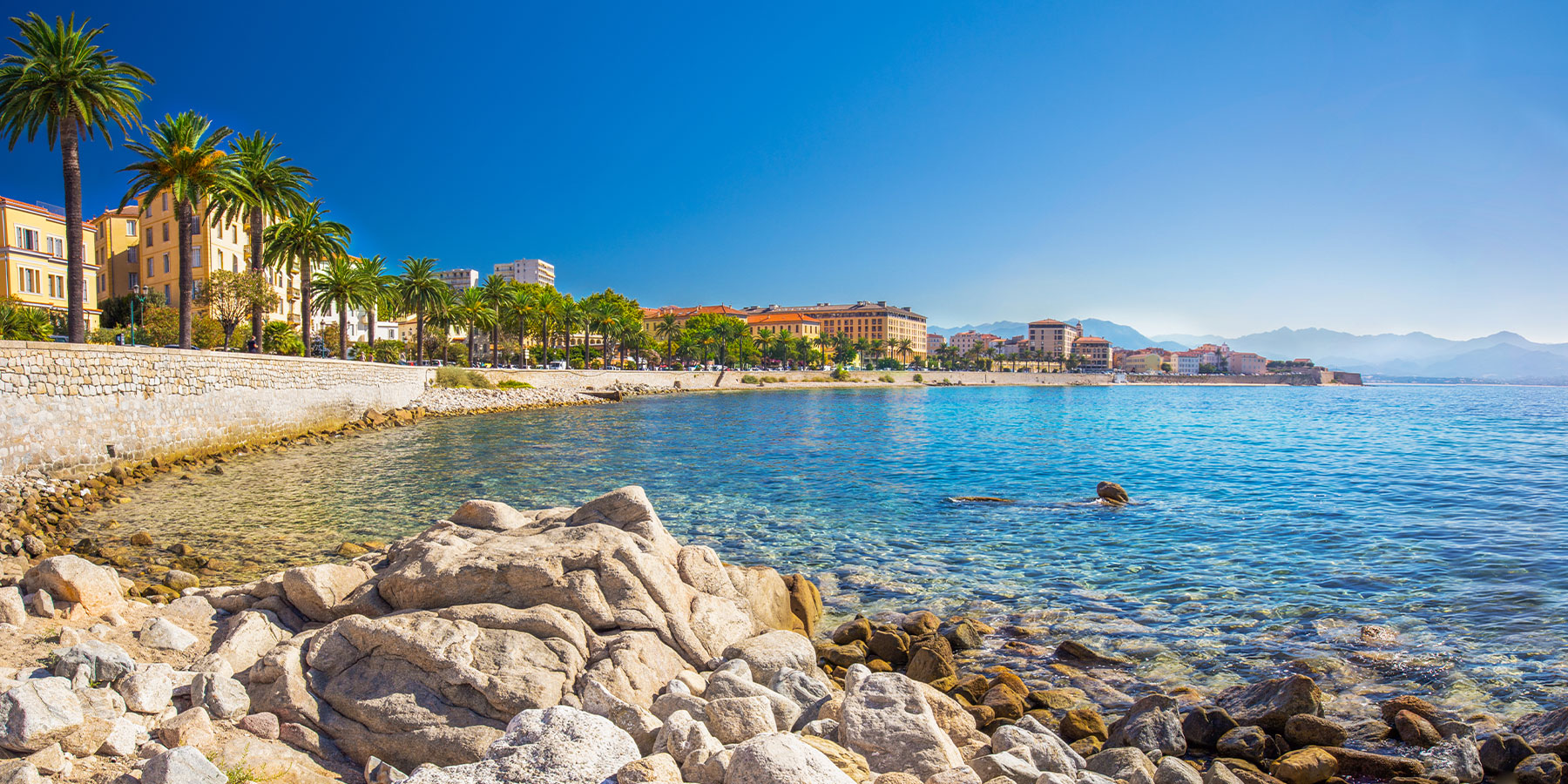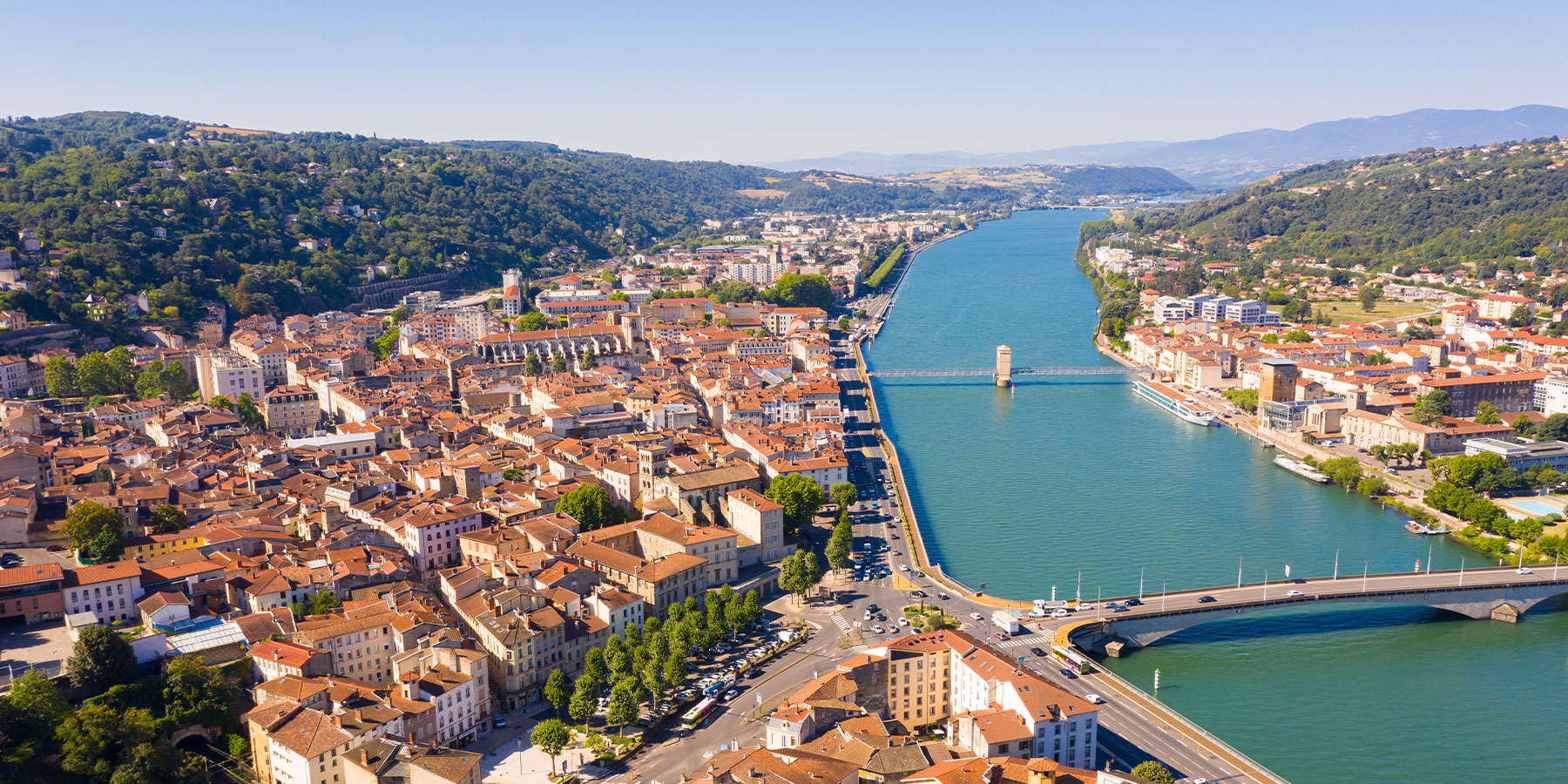
Bailliage House

This point of interest is available as audio on the tour: Visit Vichy, The Water Frenzy
The Maison du Bailliage, also known as the Castel Franc, is a hidden gem in Vichy’s Old Town. Built right on the city’s ancient walls in 1482, it was originally home to the bailiff, the lord’s right-hand man for administrative and legal matters – hence the name “Maison du Bailliage”. Around 1531, a priest named Antoine Gravier used the existing structure to build his own residence. And he pulled it off without much trouble. But what he didn’t know back then was that this would kick off a long line of property transfers within his family between the 16th and 19th centuries. When the property wasn’t passed down directly from one generation to the next or bought back by another family member after being on the market, it was surprisingly rented out. That’s how it ended up serving both as a town hall and family home back in 1801. In 1928, after the death of yet another Gravier owner, the building was bought by the Compagnie Fermière de Vichy. This French company, now known as the Compagnie de Vichy, has been a big player in the hydrotherapy, hotel, and bottled water business since the mid-1800s. They transformed the Maison du Bailliage into a museum showcasing Vichy’s history through a number of artifacts and exhibits. Visitors could find everything from beautiful local ceramics to reconstructed period rooms, such as Napoleon III’s bedroom. The building itself underwent major renovations in the 19th century, which is how it got its current neo-Gothic façade. All that remains of the original structure is the left-corner turret with its beautiful spiral staircase. It’s even been listed as a historical monument since 1926. In 2016, the Maison du Bailliage was sold for €300,000 to an Iranian architect and it’s on its way to becoming a multicultural center.


Discover Vichy with app
An interactive guide through the most beautiful streets, squares, and districts
27 fun audioguides full of historical facts, anecdotes, and legends





Comments